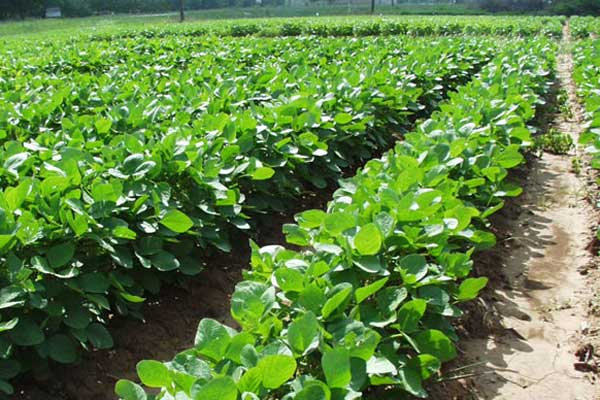
BY FIDELITY MHLANGA
Zimbabwe’s production of cash crops will take a serious dip this year following a prolonged dry spell during the second half of the rainy season and this is likely to add pressure on the country’s foreign currency reserves, it has emerged.
The country has been spending millions of dollars importing grain after consecutive droughts and the latest National Crop and Livestock Assessment report shows that there will be no respite this year after a huge chunk of cash crops were written off.
At least 6% of 1,54 million hectares under maize was written off due to the dry spell that was experienced across the country, the first assessment of 2019/2020 showed.
The report, produced after the assessment conducted between January and February, says most parts of the country will record poor harvests.
Government conducts three national crop and livestock assessments every year; the first, the second and post-harvest assessments.
The verification exercise for the first assessment by national teams took place from February 10 to February 23, 2020 “In the period, maize hectarage decreased 5% to 1,54 million from 1,62 million in the comparable year ago period,” reads part of the report gleaned by Standardbusiness.
“(At least) 42% or 652 008ha of the maize crop was planted in November, 606 124ha (39%) in December and 291 192ha were planted in January.
- Chamisa under fire over US$120K donation
- Mavhunga puts DeMbare into Chibuku quarterfinals
- Pension funds bet on Cabora Bassa oilfields
- Councils defy govt fire tender directive
Keep Reading
“Of the planted crop, 106 520ha of maize was written off due to the dry spell although overall crop condition is fair to poor.”
Maize planted under the special programme for import substitution or command agriculture stood at 113 365ha, representing s 7% of the total area under maize.
The communal sector still contributes the largest area under maize (58%), whilst large-scale and A2 farmers contributed 8% of the area under maize, a one percentage drop from 9% during the 2018/19 season.
Cotton grown this year decreased by 13% to 170 622ha from 197 242ha during the 2018/2019 season.
The targeted area for cotton cultivation was not achieved due to the erratic rainfall pattern in the traditional cotton-growing areas.
Most farmers who could not plant have kept cottonseed for next season, the report says.
Land under soyabean was down 40% from 55 660ha to 33 599ha with 17 125ha of the crop being grown under contract. Out of this, a total of 1 362ha was written off.
The agricultural season was marked by the delayed onset of rain in the southern and south-eastern parts of the country.
In Chipinge, rain started in the first week of January while in Masvingo and parts of Matabeleland South rain started 30 to 40 days after the normal onset of the wet season.
“Though most parts of the country had a normal start to the season, this was a false start as it was followed by prolonged dry spells coupled with high temperatures,” the report added.
“Some low-lying areas of the country in the Zambezi Valley received flash floods, which led to destruction of both crops and livestock.
“In Binga about 60ha of maize and 50ha of traditional grains was written off due to floods.
“Some fields were washed away by floods due to poor conservation works,”said the report.
The worst affected crop is the early-planted November crop, which was affected by moisture stress and hence had poor establishment.
Zimbabwe’s agriculture industry has been struggling for two decades after the country embarked on a controversial land reform programme that displaced the majority of white commercial farmers.











